The Art of Lead Generation Funnels: From Awareness to Conversion
In today’s digital age, lead generation and funnels are two critical components of digital marketing that go hand in hand. Lead generation refers to the process of attracting and converting potential customers into leads, while a funnel is a visual representation of the customer journey from initial awareness to final conversion. In this blog post, we’ll explore what lead generation and funnels are, why they’re essential, and how to create an effective lead generation funnel for your business.
At the heart of lead generation is the idea of identifying and nurturing potential customers. This is critical because it allows businesses to move potential customers through the sales funnel and ultimately convert them into paying customers. There are several ways to generate leads, including content marketing, social media marketing, paid advertising, and email marketing. Each of these channels can be effective in its own right, but the key is to use a combination of channels that work best for your business.
A funnel, on the other hand, is a visual representation of the customer journey. The funnel is designed to capture a broad audience at the top and narrow it down to a specific target audience at the bottom. The funnel typically consists of four stages: awareness, interest, decision, and action. At each stage, businesses need to provide the right messaging and once you’ve defined your target audience, the next step is to create a value offer. A value offer is an incentive that you offer to potential customers in exchange for their contact information. This could be anything from a free ebook to a free trial or consultation. The key is to create something that provides value to your target audience and encourages them to take action.
The next step in creating an effective lead generation funnel is to build a landing page. A landing page is a dedicated page designed to convert visitors into leads. It should be focused on a specific offer and have a clear call to action (CTA) that encourages visitors to provide their contact information. The landing page should be optimised for conversion, which means that it should be easy to navigate and load quickly.
Once you’ve created your value offer and landing page, the next step is to drive traffic to your page. You can do this through a variety of channels, including social media, email marketing, and paid advertising.
It’s also essential to measure and optimise your lead generation funnel regularly. Use analytics tools to track your performance and identify areas for improvement. Test different elements of your funnel, such as your value offer, landing page, and email campaigns, to see what works best for your business.



